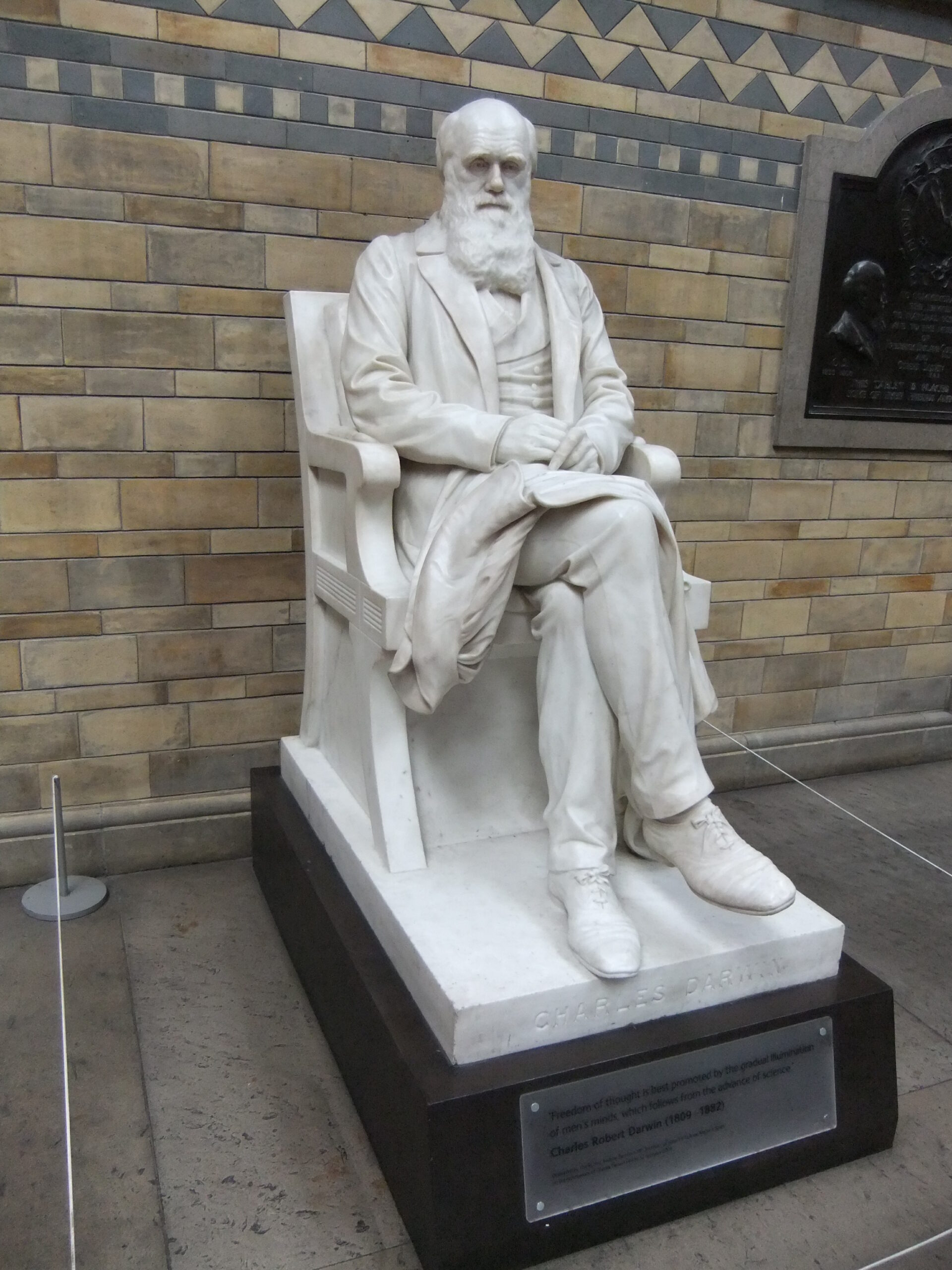In the vast digital landscape of information, a crucial question emerges: How reliable are online historical resources, particularly when they blend fact and drama? History.com, a prominent entity in the realm of digital archives, claims to illuminate the annals of time. However, one must ponder whether this modern platform maintains credibility amidst an overwhelming influx of narratives. Are viewers absorbing accurate depictions of historical events, or are they merely consuming dramatized versions that cater to entertainment rather than enlightenment? This inquiry sets the stage for an in-depth exploration of the credibility of History.com.
To navigate the intricate web of historical representation online, it is advantageous to understand the genesis of History.com. Launched in 1995, the platform aims to provide accessible historical content to a broad audience. It is undeniably a popular resource, often utilized by students, educators, and history enthusiasts. However, the dichotomy between entertainment and education presents an inherent challenge. The site frequently curates historical content peppered with engaging narratives and visuals that, at times, overshadow the factual substance required for serious academic inquiry.
One of the primary concerns with any digital historical resource is the underlying methodology employed in content creation. History.com, like many online platforms, utilizes a mix of primary and secondary sources. Primary sources, such as documents, photographs, and letters from specific historical eras, provide direct insights into past events. Conversely, secondary sources interpret and analyze these primary materials. The credibility of History.com’s offerings hinges not merely on the inclusion of diverse source types but also on discerning the rigorousness of their vetting processes. Are the sources accurately cited, and are the interpretations substantiated by reliable academic consensus?
Besides methodological rigor, the narrative style adopted by History.com warrants critical examination. The platform often employs a narrative technique that can oscillate between factual recounting and dramatic embellishment. This duality raises the question of whether dramatized accounts serve to engage viewers or dilute the authenticity of historical events. For instance, while engaging storytelling may capture the attention of a wider audience, it risks distorting perceptions of historical truth. Scholars contend that this blend may inadvertently propagate historical inaccuracies, allowing sensationalism to overshadow pivotal facts.
To bolster the analysis, consider the role of editorial oversight. Reputable academic journals are held to stringent standards of peer review, ensuring that published work is scrutinized for accuracy and scholarly integrity. How does History.com, with its roots in mass media, compare in this regard? The editorial team at History.com comprises individuals from diverse backgrounds, including journalism, filmmaking, and academia. While this eclectic mix can produce dynamic content, it poses an inherent risk of prioritizing audience engagement over scholarly precision. The question arises: Can a website that caters to the layperson maintain a scholarly ethos while preserving captivating narratives?
Furthermore, the digital medium itself introduces unique challenges. The rapid dissemination of information, combined with the absence of physical constraints typical of printed texts, allows for a proliferation of potentially unverified content. In this light, it becomes imperative to scrutinize the sources cited by History.com. Has the website remained vigilant in attributing ideas to their rightful origins? The user must remain cognizant of the fact that quick access to information can sometimes come at the expense of thorough research.
As one delves deeper, the thematic organization of content becomes a focal point in assessing the site’s credibility. History.com’s categorization often reflects contemporary societal interests, with a heavy emphasis placed on themes like pop culture and current events. This tendency begs the following question: Does the thematic focus undermine the objective presentation of historical events? By aligning content with popular appeal, does History.com risk prioritizing relevance over accuracy, ultimately shaping narratives that cater to the immediate interests of its audience rather than presenting a holistic view of the past?
The implications of this analysis extend beyond academic disputation. Content consumed without critical thought has the power to shape perceptions, attitudes, and understandings of historical phenomena. Consequently, the responsibility of discerning fact from fiction escalates. As users of online historical resources, individuals must cultivate robust critical thinking skills. When engaging with platforms like History.com, it is essential to approach the material with a analytic lens. Cross-referencing claims with primary sources or scholarly interpretations can serve as a safeguard against the seductive allure of embellished narratives.
In light of this examination, one reaches a tentative conclusion about the credibility of History.com. While the platform serves as a repository of accessible historical information, the risk of encountering dramatized narratives raises legitimate concerns. Ultimately, it becomes evident that History.com is a resource that can inform but demands careful navigation. The curious reader must engage diligently, sifting through the interplay of fact and dramatization, to discern the truth amidst the captivating stories that history has to offer. This digital age calls for a deliberative approach to consuming historical content—a call to delve beyond the surface and embrace the complexities inherent in the stories of our past.












